June 21, 2025 | 03:49 GMT +7
June 21, 2025 | 03:49 GMT +7
Hotline: 0913.378.918
June 21, 2025 | 03:49 GMT +7
Hotline: 0913.378.918
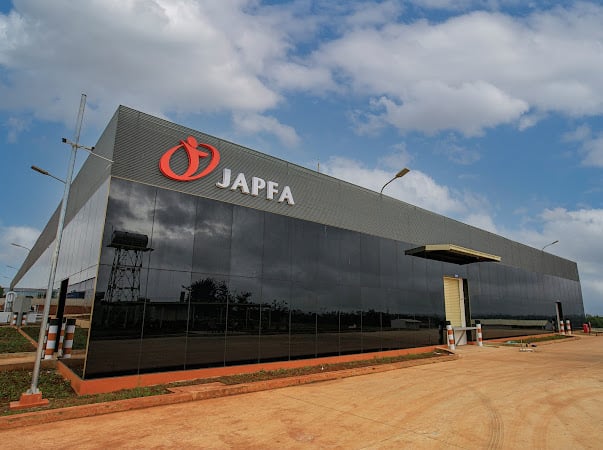
The hatchery has an area of 2.2 hectares, designed and built according to a modern model.
The hatchery has an area of 2.2 hectares, designed and built according to a modern model, applying exclusive painless advanced laser debeaking technology and Inovo vaccination technology to protect chickens as early as the embryo incubation stage. With a closed process according to international standards of Global G.A.P and a design capacity of up to 40 million chicks per year, the factory is expected to meet the demand for high quality chicks for the Central, Highlands, Southeast and neighboring areas.

Ms. Huynh Thi Ly Ly imports chickens from Dak Lak factory.
Mr. Sanjeev Kumar - Deputy General Director of Japfa Vietnam said: “In the company's long-term development orientation, the Highlands is a key strategic market with a convenient location in terms of transport infrastructure, connecting with the company’s feed mills in neighboring provinces of Binh Phuoc, Binh Dinh and Binh Thuan. In addition, the local land bank is suitable for industrial livestock development, bringing stable economic value. Especially, with the support of local authorities, Japfa Vietnam has entered a period of strong development with higher ambitions and goals.”

The operation of the hatchery has an important meaning in shortening the transportation time to ensure the health of the chicks, thereby reducing the loss rate, and increasing the efficiency of breeding. The first batch of chickens of the Dak Lak hatchery factory has been sold since mid-November 2022. Assessing the quality, Ms. Huynh Thi Ly Ly (Hoa Thuan commune, Buon Ma Thuot city) said that the chicks imported from the factory are healthy with uniform quality. Infrared beak treatmenttechnology makes chicks healthier, improves livestock productivity and ensures animal welfare compared to the traditional method of beak trimming at the farm previously. In particular, the chicks when transported to the farm have been sorted by gender to help optimize productivity when raising cocks and hens separately.
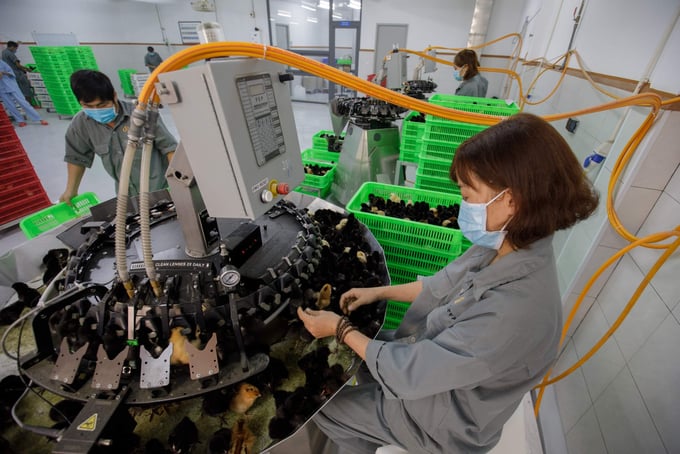
Chicken debeaking machine.
Japfa was present in Vietnam in 1996 with a joint venture model with Vietnam Livestock Corporation. In 1999, Japfa became a 100% foreign-invested company with the name Japfa Comfeed Vietnam Co., Ltd., headquartered in Huong Canh town, Binh Xuyen district, Vinh Phuc province.
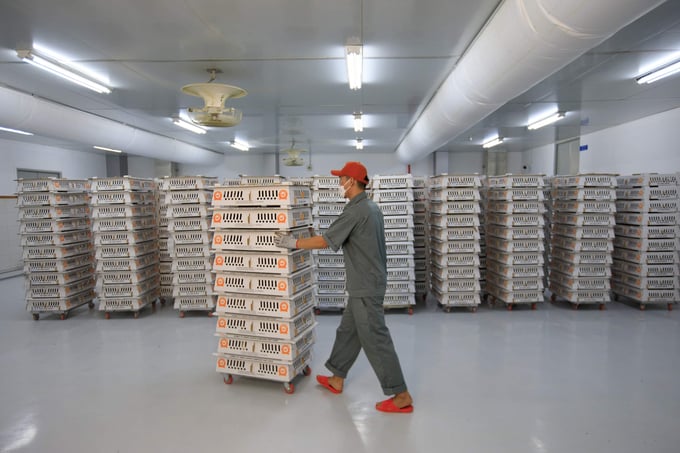
Before putting into operation the 4th hatchery in Dak Lak, Japfa Vietnam has been operating 3 poultry hatcheries in Thai Binh, Binh Duong and Dong Nai. Up to now, the company owns nearly 30 high-quality breeding chicken farms and cooperates with more than 1,000 chicken raising households nationwide, supplying the market with more than 100 million commercial chicks per year.
/2025/06/17/3942-2-143243_548.jpg)
(VAN) Recently, in Sweden, the Secretary of the Binh Dinh Provincial Party Committee presented the Investment Registration Certificate for the 'Polyester Fabric Recycling Complex' project to SYRE Impact-AB Company.
/2025/06/12/3721-2-202745_83.jpg)
(VAN) TH made an impression at Seoul Food 2025 with its line of natural beverages, paving the way for Vietnamese food products to enter the South Korean market.
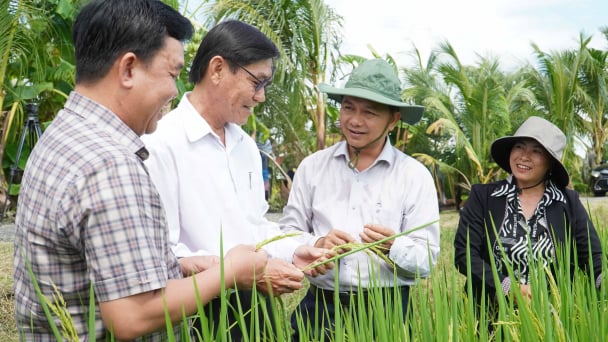
(VAN) Soc Trang's success in rice exports stems from a strategy of developing fragrant and specialty rice cultivation areas and standardizing production toward low-emission practices.
/2025/06/11/1311-5-120811_839.jpg)
(VAN) The pig farming industry is facing the challenge of comprehensive restructuring to meet requirements for quality, safety, traceability, and market expansion both domestically and for export.
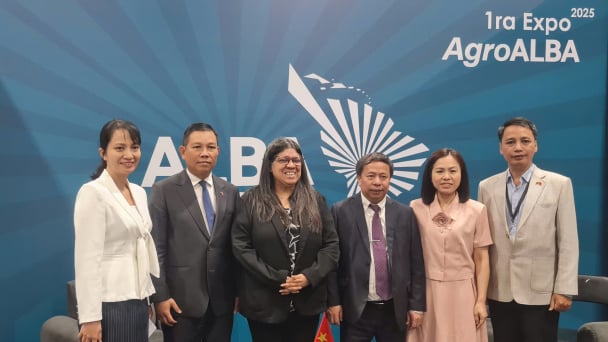
(VAN) Vietnam considers participating in ALGROALBA in order to expand agricultural production, coordinate the assessment and effective exploitation potential land.
/2025/06/05/5314-1-184727_407.jpg)
(VAN) From seemingly worthless fish scales and skin, enzymes and lactic ferments can transform by-products into peptides, opening a sustainable, effective business direction and elevating Vietnamese seafood.
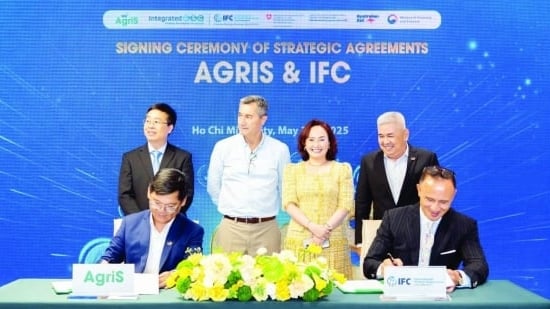
(VAN) TTC AgriS and IFC signed a strategic partnership to develop a sustainable agricultural value chain, aiming to achieve the Net Zero target by 2035.